Ryan Connolly, filmmaker and Frame.io evangelist, ends all of his Film Riot tutorials with the mantra “write, shoot, edit, repeat.” Yes, it’s catchy. But he doesn’t just talk the talk, he walks the walk—and has for the past ten years—with a YouTube channel that has garnered over 170 million views from his loyal following.

We’ve featured Ryan’s work before, most recently when we covered BALLiSTIC in 2018. Now he’s back with a new short film, only this time it’s not “just” a standalone short. Rather, it’s a teaser for what he hopes will be his first feature, an 8-minute horror film entitled There Comes a Knocking (TCAK).
Publicly releasing a proof-of-concept short and chronicling the feature pitching process, for better or for worse, is a bold move, but Ryan’s an intrepid guy who knows that whatever the outcome, lessons will be learned. And he’ll share them with his audience, because that’s what Film Riot is all about.
In this installment of Made in Frame, we delve into Ryan’s workflow from concept to delivery, to get some great insights into his creative process—and how he maximizes his resources to create impactful, inspiring content.
The standard toolkit
Ryan was an early adopter of Frame.io, and it’s become a fixture in his workflow, no matter the project. The Frame.io multi-page PDF feature makes it possible for him to use the platform literally from script to screen—for story development and sharing lookbooks with his DP to uploading to YouTube. He’s a Premiere Pro guy, so the Frame.io integration makes it seamless.
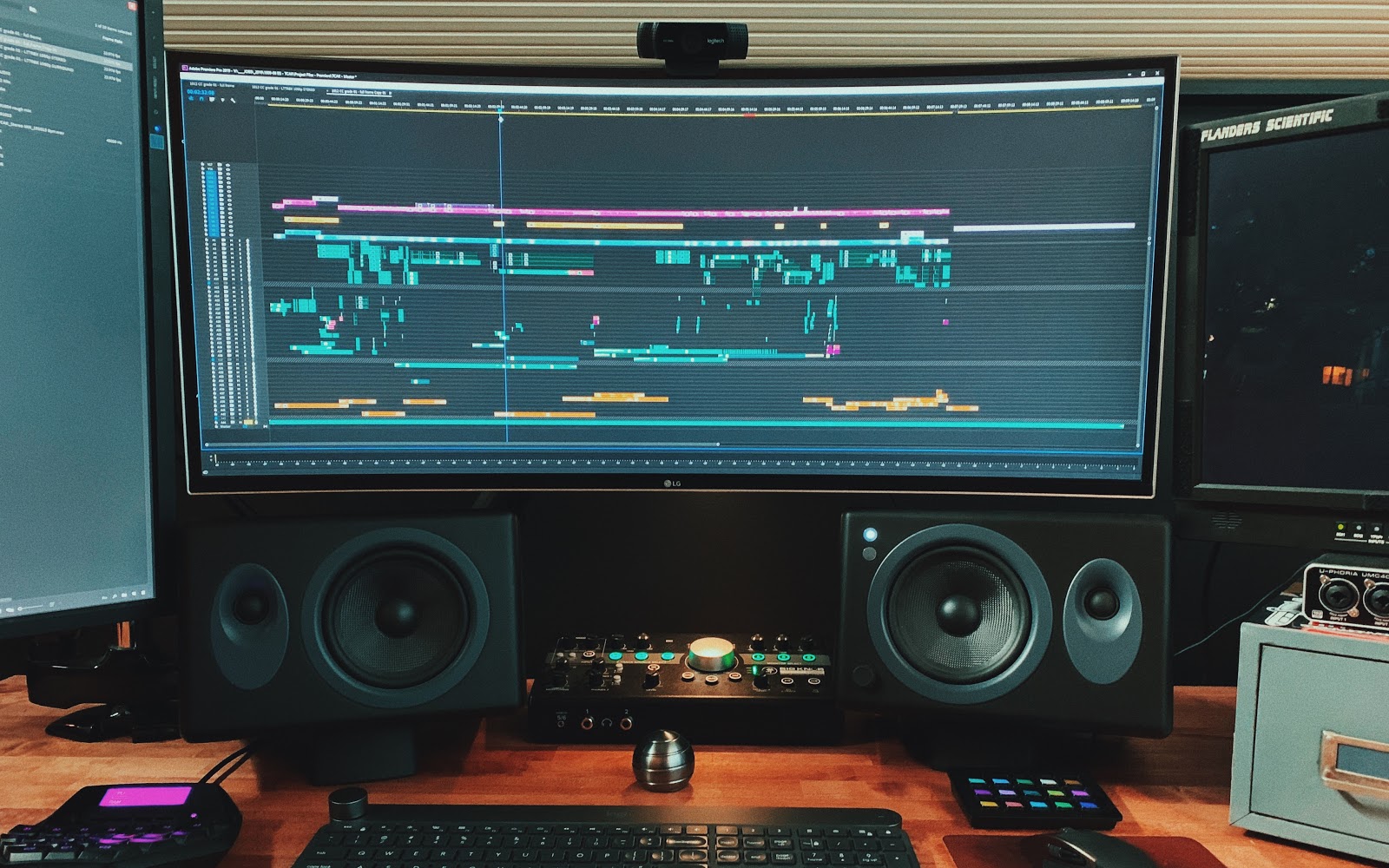
Beyond that, he’s also a filmmaker who works with crew members from all over the world. Ryan’s based just outside of Dallas, and on TCAK, his DP was based in Louisiana, his editor and sound designer were in St. Louis, and one of his VFX artists was in England. Needless to say, Frame.io makes it possible for him to work with the crew he feels best suits the project, irrespective of location.
They shot on an Alexa Mini with Cooke anamorphic lenses using Rec709 in ProRes 4444. DP Chase Smith chose Cooke over Master lenses to give the footage a “less clean” look and, along with Ryan and the production designer, so thoroughly planned for the look of the footage that what they captured in-camera was more than adequate for cutting. That allowed editor Lucas Harger to ingest the native files without further transcoding or applying LUTs.

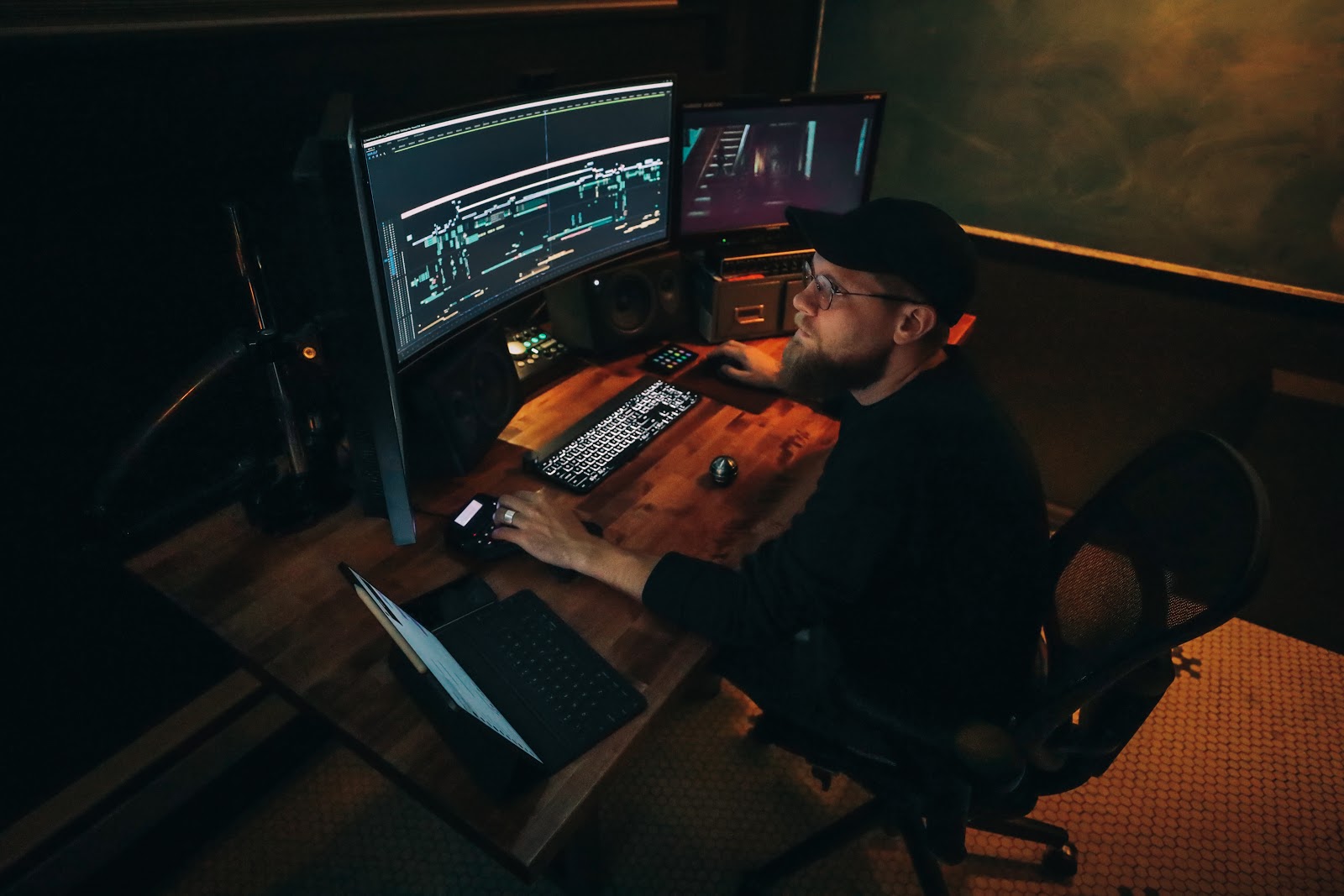
A different approach
Unlike BALLiSTIC, a fast-paced action film, TCAK is a completely different animal. BALLiSTIC employed multiple cameras for maximum coverage of the many quick takes of practical stunts and explosions, while TCAK relies on long, continuous shots, planned and storyboarded in the venerable tradition of Alfred Hitchcock (except that Ryan used Cine Tracer), that allows the surroundings to become as much a character as the actors.
The house they used as the location (the first they found on their scouting day) supplied all the nuance Ryan could have wished for. “We found a house that had all of this intricate, hand-carved wood, and it was just what we were looking for both practically and thematically,” Ryan says.
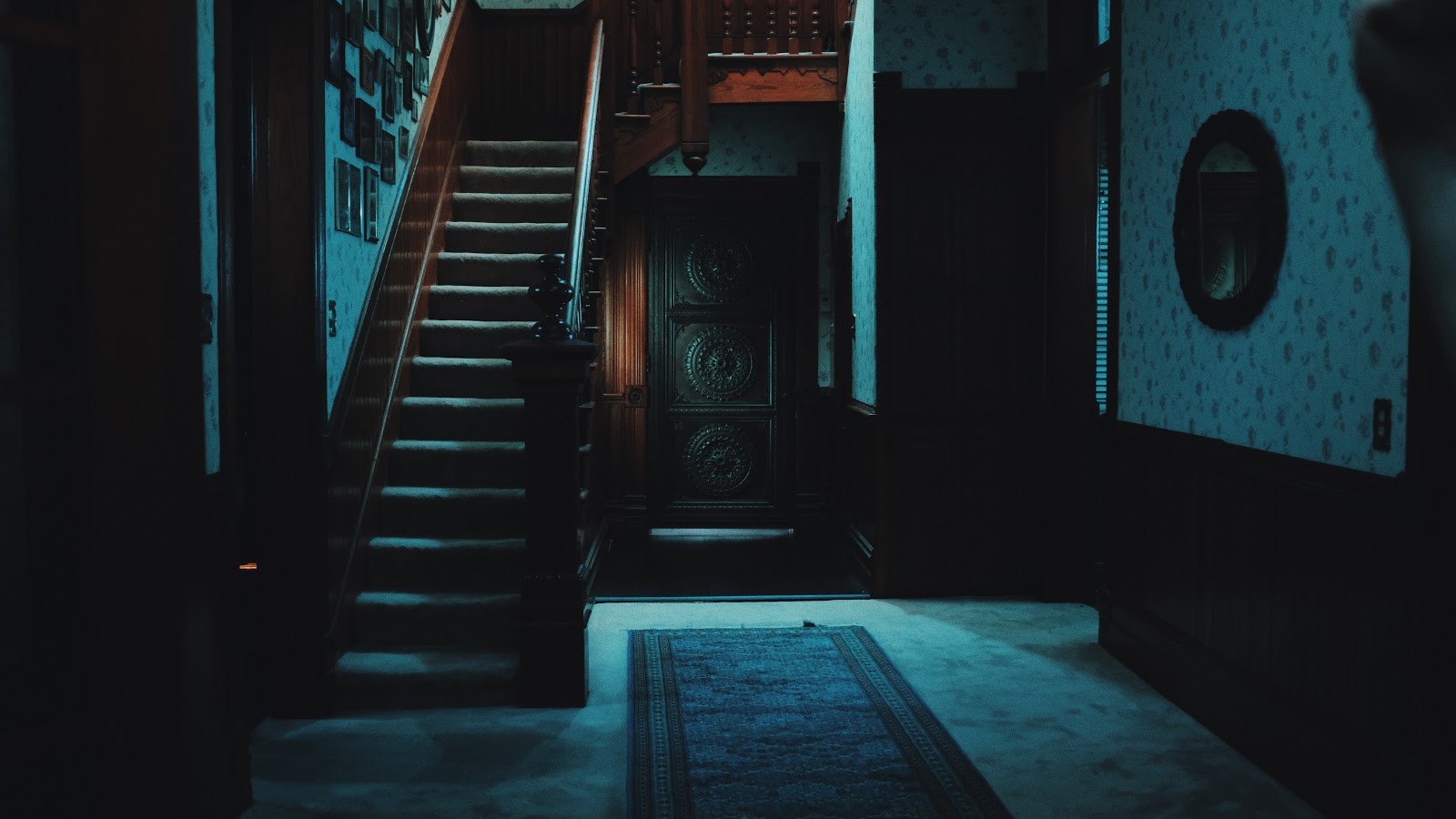
Between the location, costuming, production design, and lighting, very little was required in the way of VFX—most of which were of the “invisible” sort—versus the more spectacular 200-plus effects shots in BALLiSTIC. “Because Chase and I have worked together previously, we have a great shorthand and the time we spent prepping (using Frame.io) really paid off. We shot the whole film in only two days.”
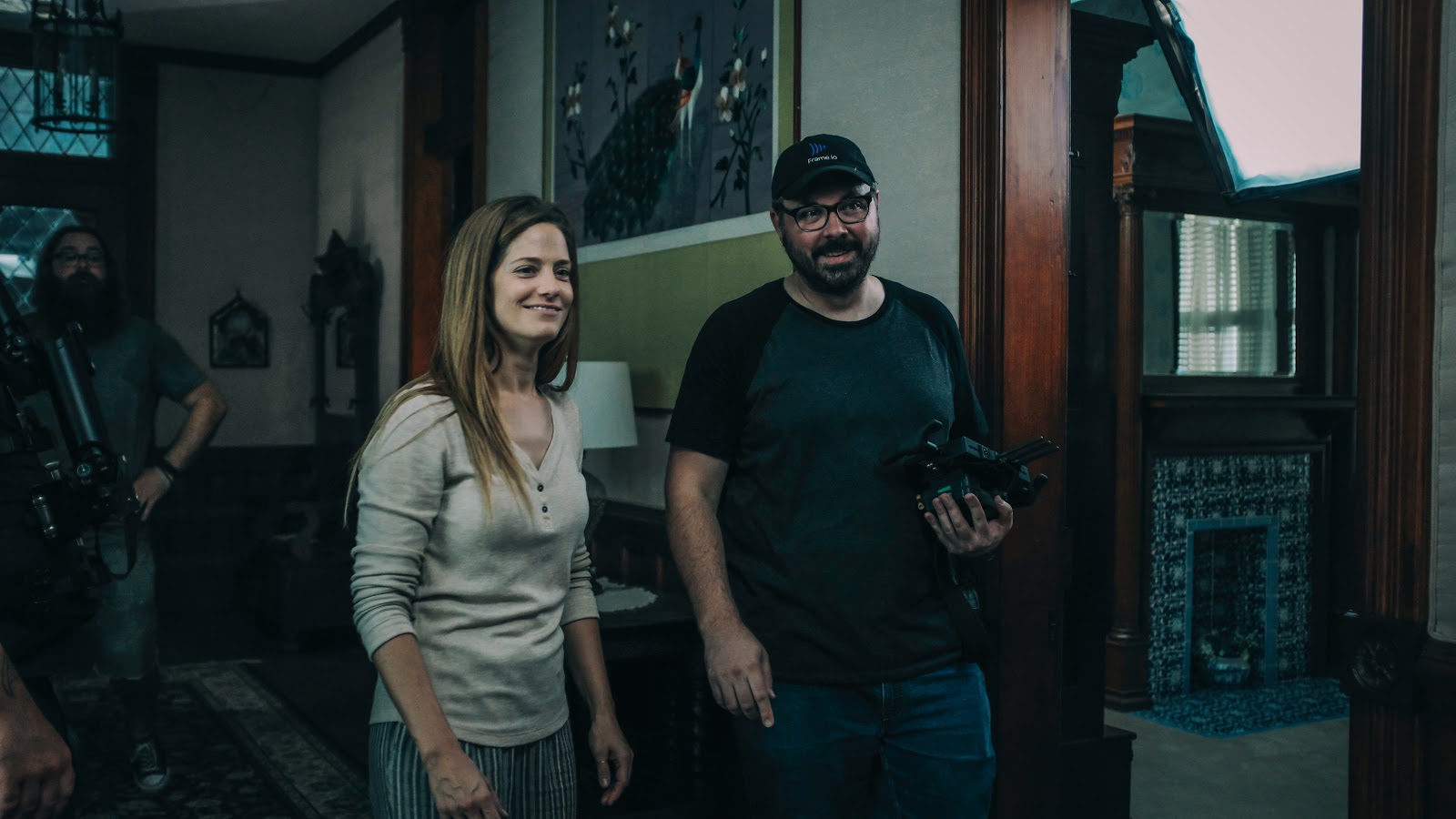
As an admirer of David Fincher’s style, Ryan’s approach to effective horror revolves around “forcing the viewer into the room.” By moving the camera through a space rather than using cuts, the audience has nowhere to go but where the camera guides them. They see exactly what the filmmaker wants them to see, exactly at the right moment. “Letting it breathe makes it scarier,” Ryan says.
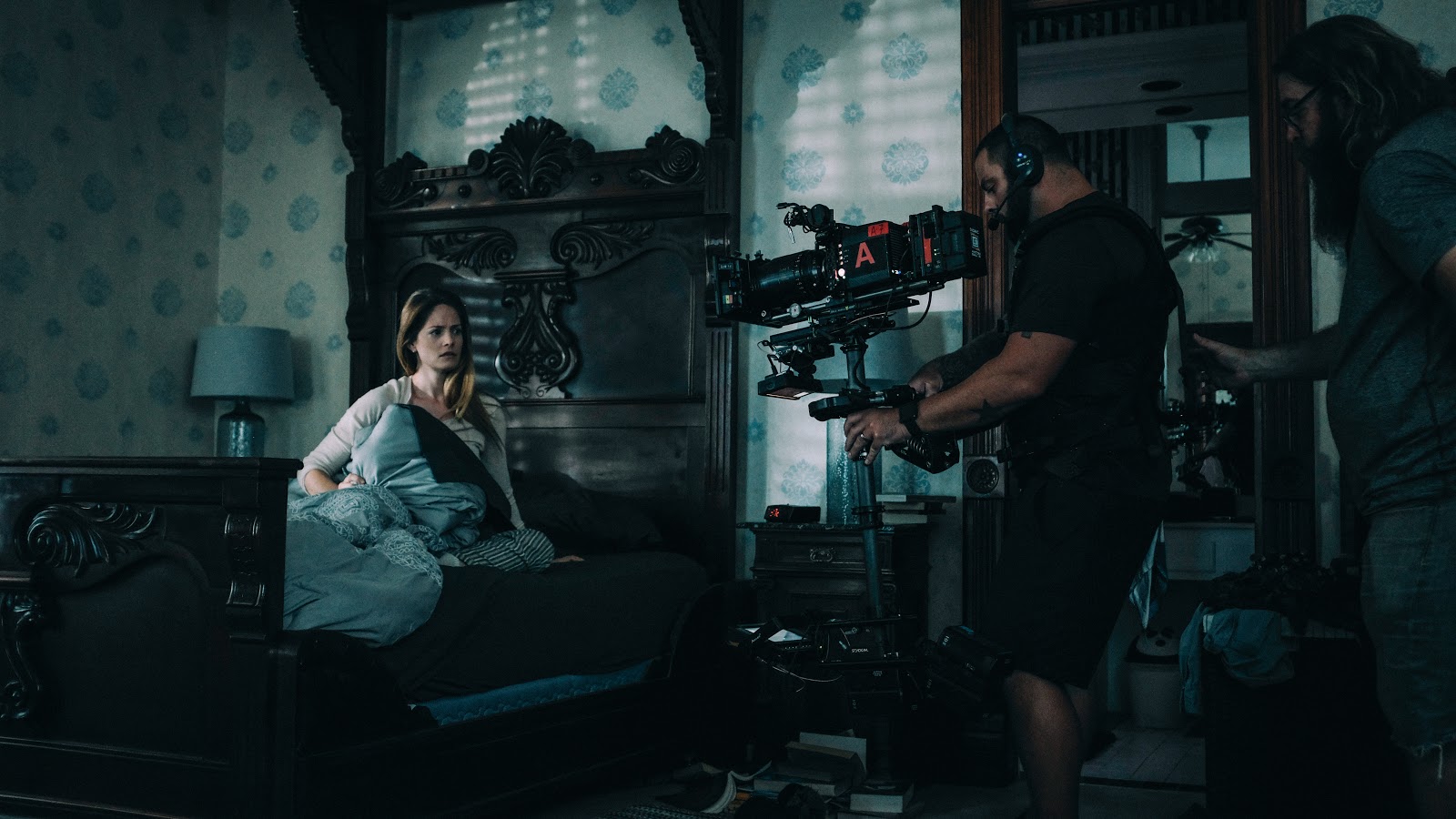
Sound also plays a huge role in horror films. “So much is about what you hear and the use of music, sound effects and silence. What really sold us on this location was the sound of the place,” Ryan says. “There was a grandfather clock in the hallway, and it kind of became the metronome of the film, functioning as an anchor in terms of the pacing and the soundtrack.”
Gathering feedback
The measured pacing of the film was a vast departure from BALLiSTIC. Finding the rhythm and tone of the film and trusting his instincts required a significant gear shift.
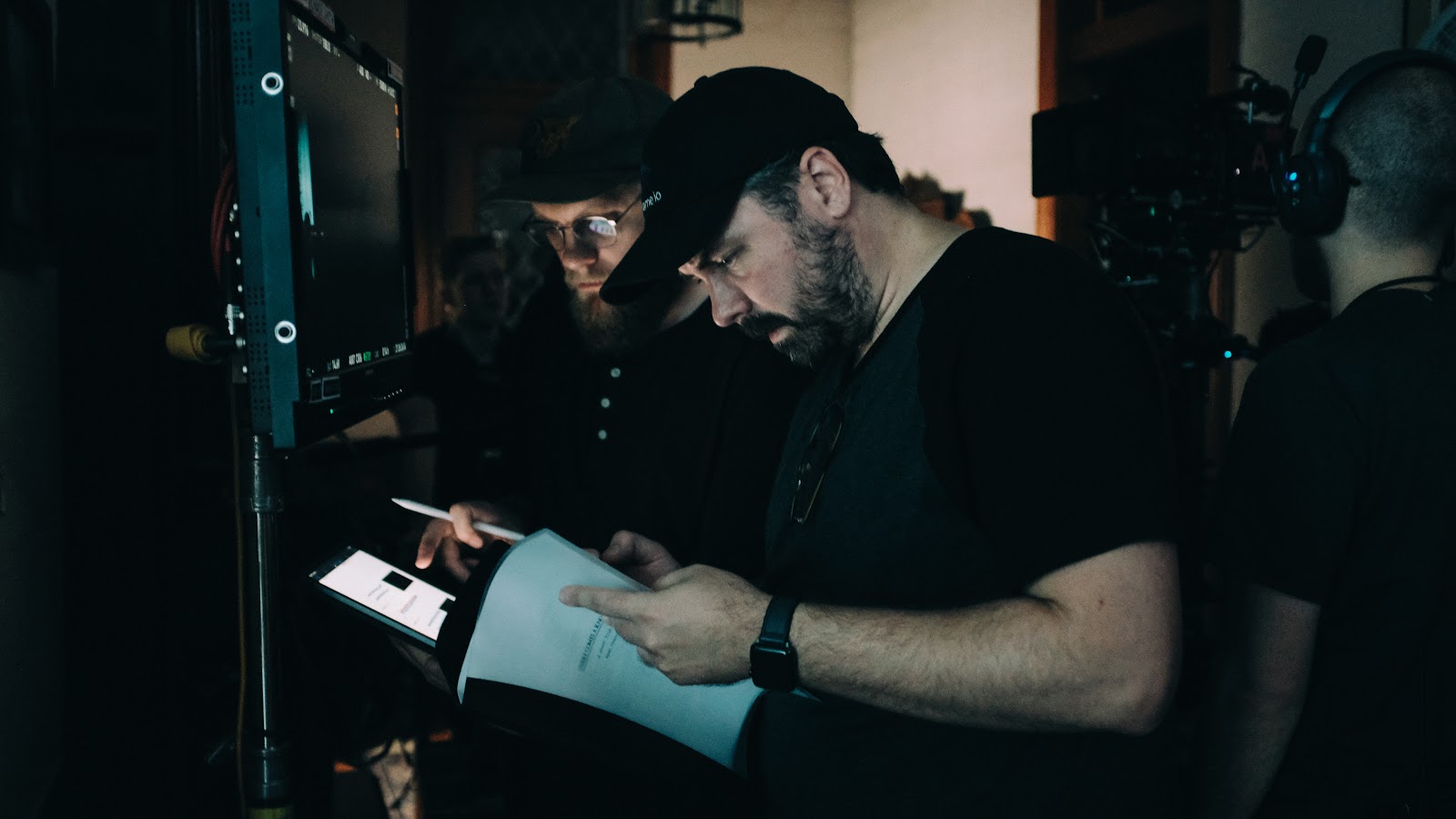
One of Ryan’s favorite aspects of filmmaking (and in particular of the horror genre) is the ability to fold layers of meaning into the story, planting symbols or clues that the audience may notice but may not (yet) connect. “This is a teaser, so I wanted to pose questions more than providing answers,” Ryan says.
“Filmmaking, in general, is about more than what’s obvious on the screen. The best movies are the ones that have something more under the hood, something deeper for the audience to think about after they’re done watching.”
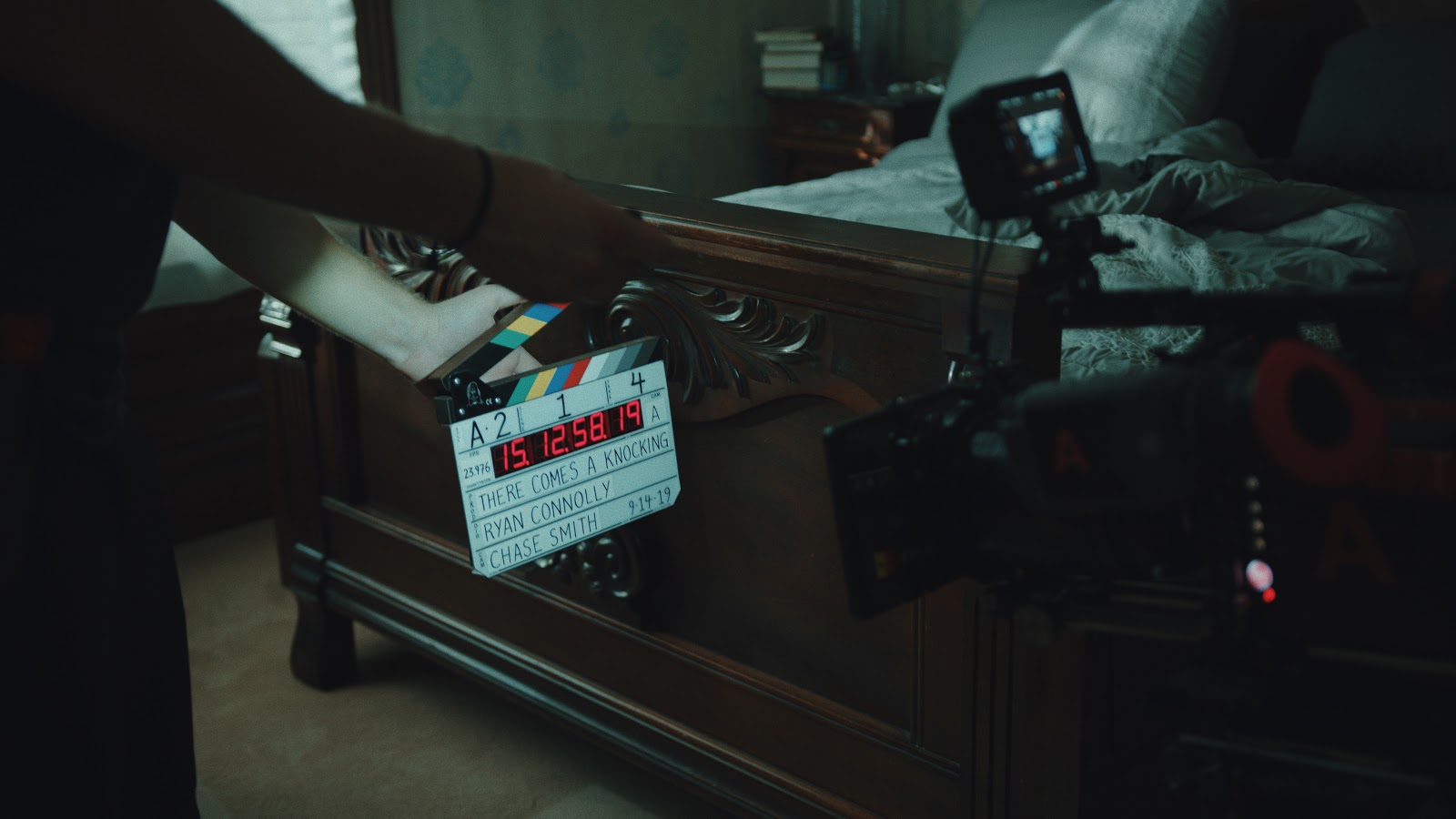
It’s yet another reason why Ryan uses Frame.io. “I really like to give my test viewers separate review links so they can each weigh in with their individual feedback without being influenced by anyone else’s. That way, if something isn’t coming through for the majority of the viewers, I know that it’s a problem. But if everyone gets it except for maybe one person, I know that I’m getting my idea across.”
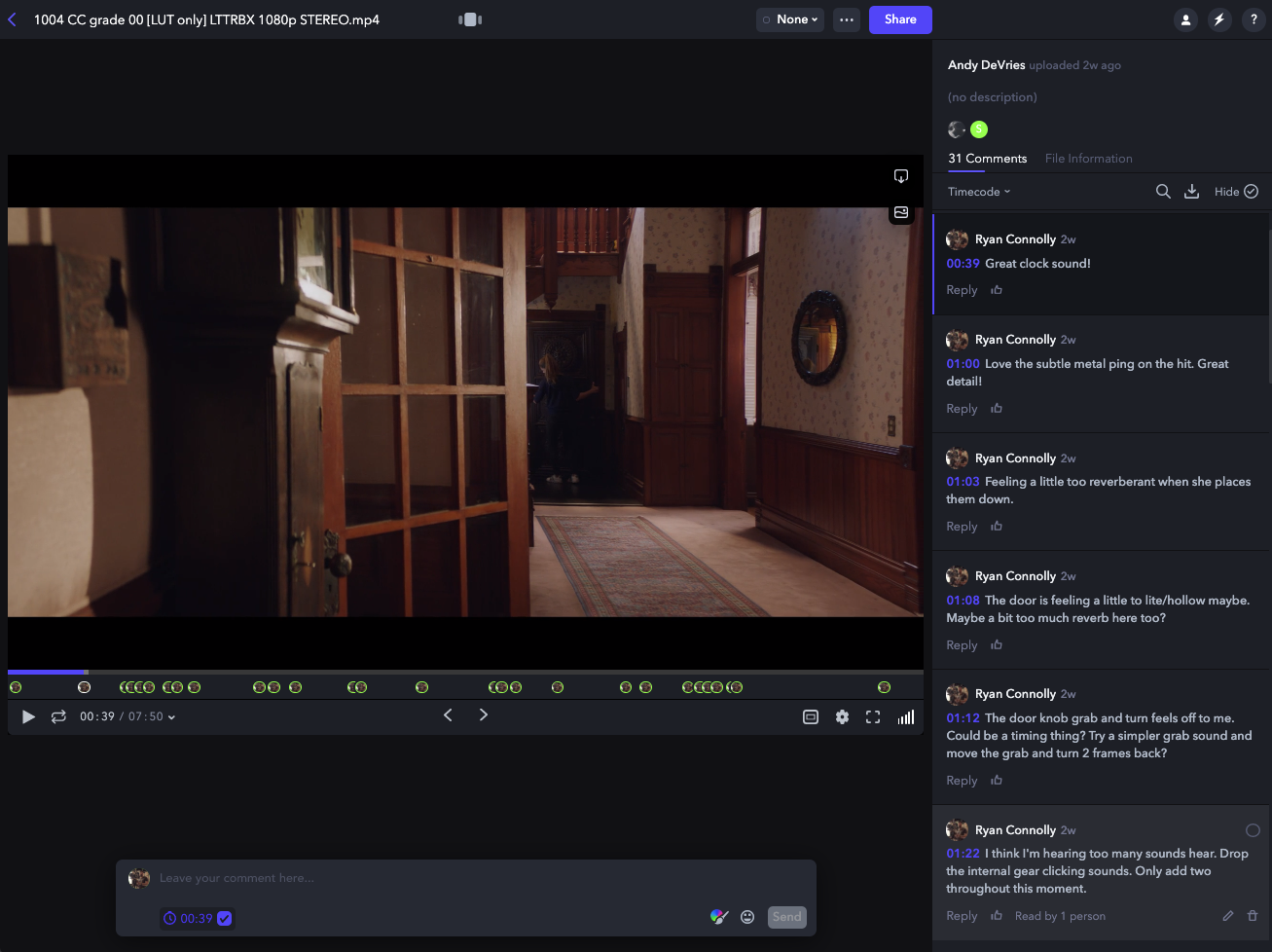
In this case, Ryan was relieved to see that concerns he’d had in the script phase were non-issues in the film—his work as a writer and director had been accomplished, according to all the feedback he received.
Next steps
Perhaps the scariest part about this film for Ryan is opening up the pitch process to a public audience. Once the film goes up on Film Riot’s YouTube channel, it will be there for anyone to see and comment on. And as Ryan takes the teaser, along with the third draft of his script to pitch to studios, he’ll be updating his progress.

“Sometimes my films kind of catch on slowly. It takes a little time for them to find their audience and to start getting passed around” he says. “With BALLiSTIC, we hit a million views within the first year, but the comments were great. The film got the attention of some good people and it’s how I got my manager.”
TCAK is something that’s been percolating in Ryan’s mind for six or so years, so he’s had lots of time to plot and plan. “I think, so far, that this film is the closest to what I had envisioned. It was just what I had hoped it would be.”
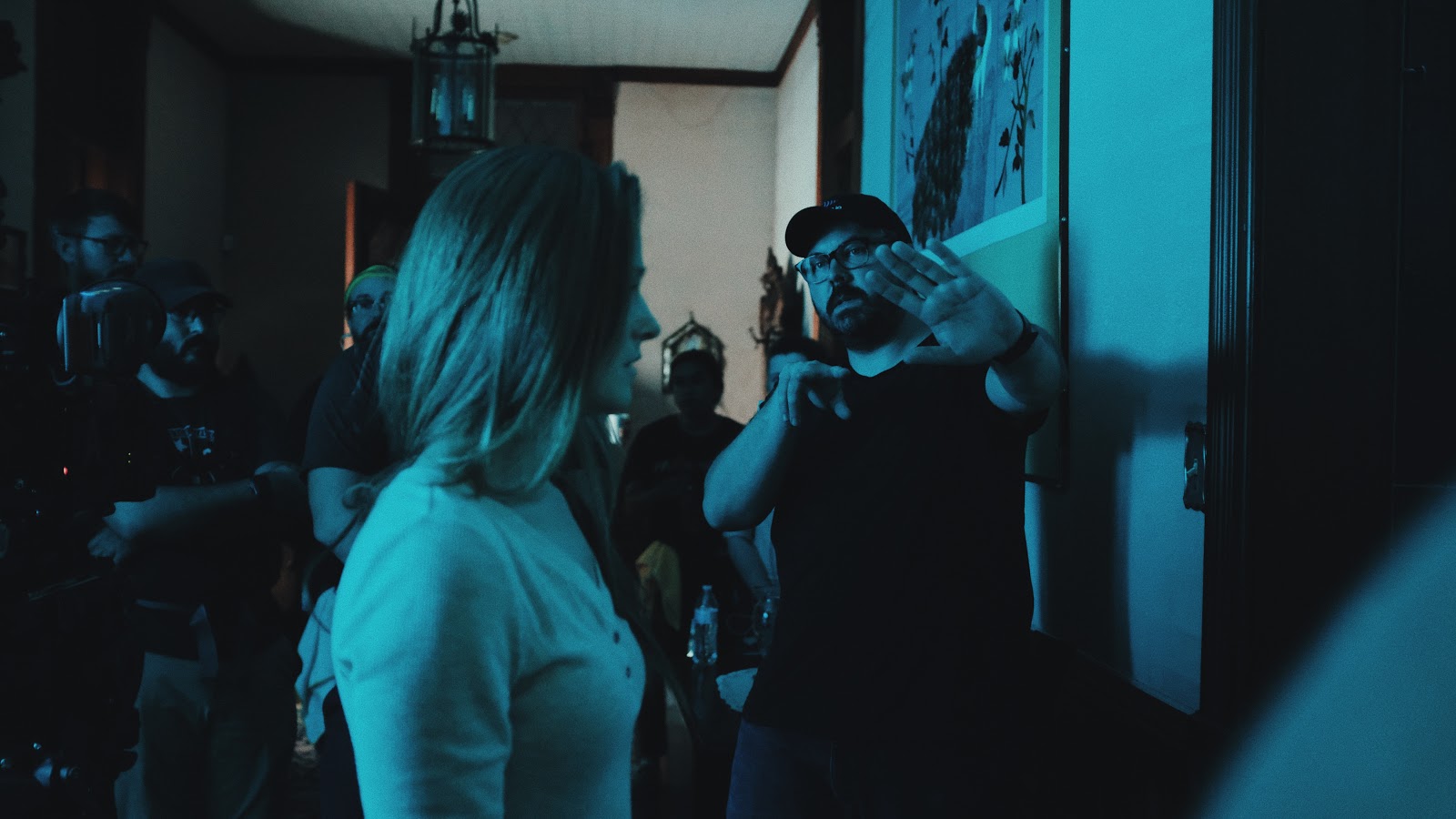
Always the realist, Ryan knows how capricious the film business can be and is willing to accept whatever outcome. Nothing has stopped him from continuing to make films and even if a studio were not to back a feature version, he’ll still keep going. But knowing how hard he works and how much he cares about the work he puts out, it’s easy to root for him and imagine his success.
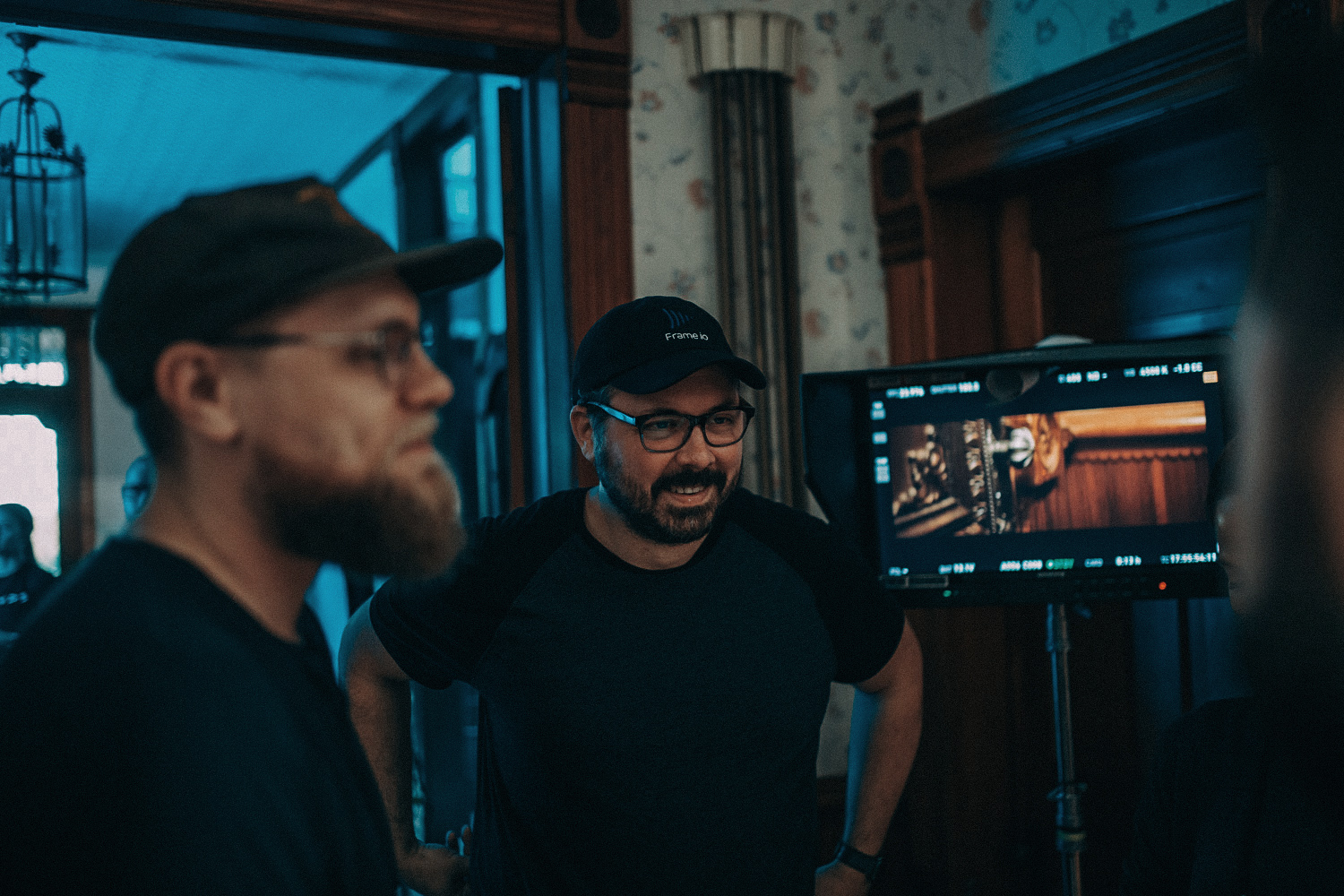
And whatever happens, there will definitely be a deep-dive BTS of the making of There Comes a Knocking, complete with Ryan’s always thoughtful insights.





